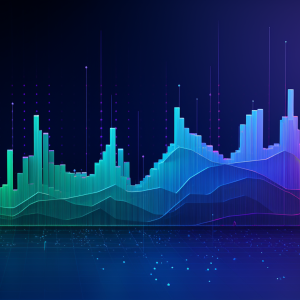Reading Data
In this course, you’ll learn how to read data from various sources, like surveys, sensors, and machines, and how to use Python tools to clean, aggregate, and visualize it. You’ll also explore the value of data for different use cases and industries.
Data is everywhere, but how can you make sense of it? In this course, Reading Data, you’ll gain the fundamental ability to identify and read data across a variety of sources, performing the first steps for clean and efficient data analysis. First, you’ll explore the types of real-world data and the value they bring to different use cases, enabling you to determine what kind of data can best fit your use case. Next, you’ll discover common data sources used in different industries (e.g.: surveys, sensor data, machine-generated data), their strengths and weaknesses, and their implementation using pandas with Python. Then, you’ll implement data aggregations with sqlite3 in Python, allowing you to group and generate summary statistics and trends across multiple data points – a key aspect of data analysis. Finally, you’ll learn how to understand and create impactful visualizations out of data to communicate insights from it. When you’re finished with this course, you’ll have the skills and knowledge of reading data needed to mine different types of data from a variety of sources and maximize its value through aggregations and visualization, regardless of your use case.
Author Name: Ria Cheruvu
Author Description:
Ria Cheruvu is an AI SW Lead Architect and Generative AI Evangelist at Intel Corporation. She has a master’s degree in data science from Harvard University, and is an instructor of data science curricula, having previously taught for Harvard University, Eduonix, Udacity, and Educative. Ria is a passionate and renowned industry speaker having delivered technical talks, podcasts, and keynotes on AI, including DEFCON, TedX, Women in Data Science communities, the QS EduData Summit, and Intel Innovat… more
Table of Contents
- Course Overview
1min - Identify and Determine Data Types
33mins - Identify Data Sources
29mins - Define, Apply, and Visualize Aggregations
38mins - Craft Compelling Visuals and Insights from Data
29mins - Conclusion
2mins







There are no reviews yet.